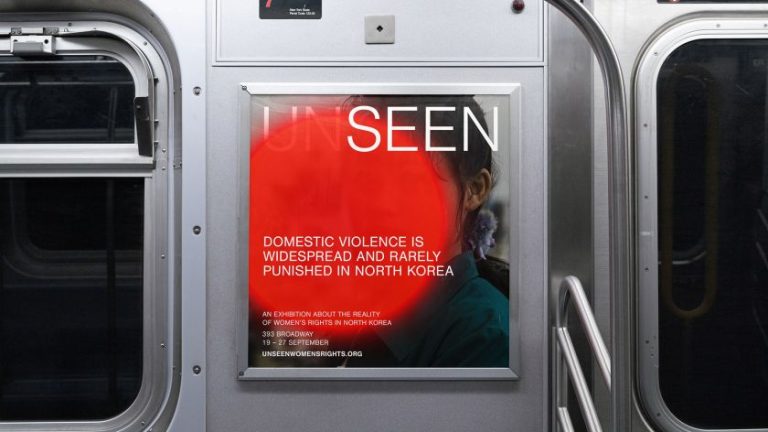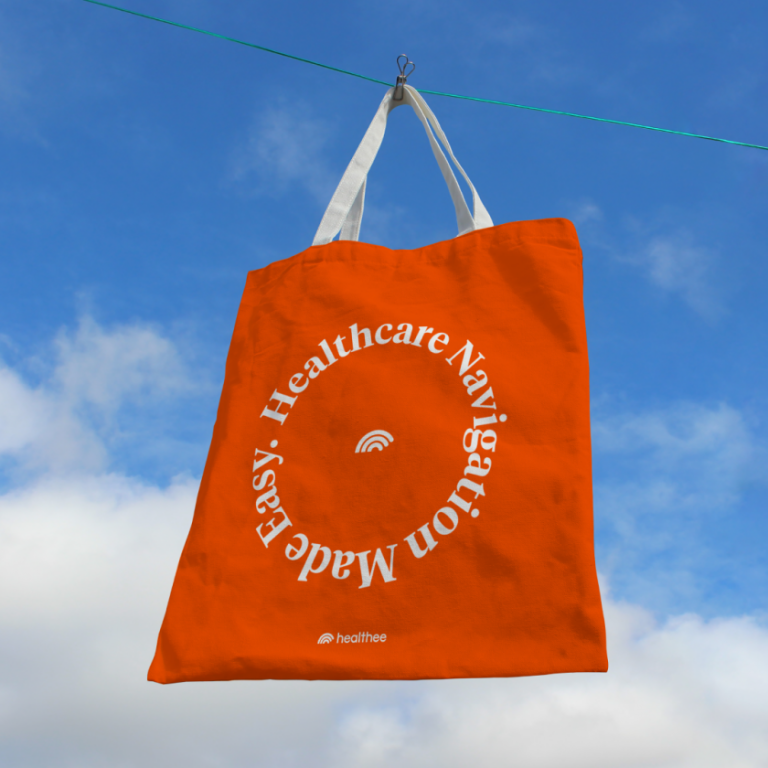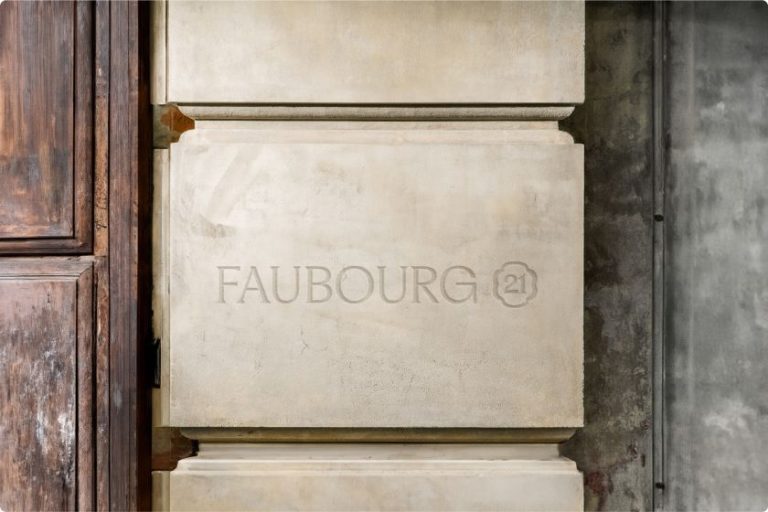The award-winning artist’s latest photo series explores community identity amidst rapid gentrification and the shadow of Tottenham Hotspur’s new billion-dollar stadium.
Jack Smethers is a photographer based in Brighton whose images have been selected for multiple awards and exhibitions, including the Taylor Wessing Portrait Prize and Portrait of Humanity. His work spans portraiture and lifestyle, respectively, crafting narratives through thought-provoking imagery. His personal work explores themes of belonging, identity and the impact of extraordinary people on communities.
His latest project is titled White Hart Lane. This is both an area of north London and the name of the football team Tottenham Hotspur’s iconic stadium, which was demolished in 2017 to make way for the new, billion-dollar Tottenham Hotspur Stadium in 2019.
The photo series is primarily focused on the former and the community Jack grew up around, although the area and the football stadium are intertwined in ways that cannot be clearly separated.
Born and bred
“Tottenham was my home,” explains Jack. It was the council house on Nursery Street where my mum was raised by her grandparents – the same roof under which she would later raise me and my sister. It was where I could hear a goal in the Spurs ground from the living room window before seeing it on live TV.
“It was where I spent hours on my bike in the street and where I was knocked off it by a car,” he continues. “It was where I went trick or treating on Halloween and where our family car was stolen and destroyed after a joyride. It was where my great-granddad, Stan, would get away with taking a three-year-old me into the bookies because they knew and liked him so much. Tottenham is also where he spent his final moments.”
Like all these memories, Tottenham is a neighbourhood of complexity, he points out. “Areas of poverty are surrounded by prosperity. Council homes are next door to million-dollar penthouse apartments. Food banks and £7 craft pints are on the same street. The presence of the new billion-dollar football stadium and the eyes that it brings to the area cannot be understated.”
Rise of new money
This development has caused a dramatic increase in high-rise building projects and ‘new money’ residents, Jack notes. “The periphery of this glass colosseum, however, does not reflect this economic change. Instead, the blocks of flats, locally named ‘Love Lane’, and the neighbouring high street are completely overshadowed by the stadium with no so-called trickle-down effect but rather a clear divide.
“Tottenham has some of the highest rates of crime and unemployment in London,” he adds. “However, many longtime residents now also fear the loss of their homes and businesses as they get priced out of their own community.
“It is this community that I have chosen to focus on. The incredible people that make Tottenham one of the most culturally rich and interesting areas in the country.”
You can see more of the series on Jack’s website.










